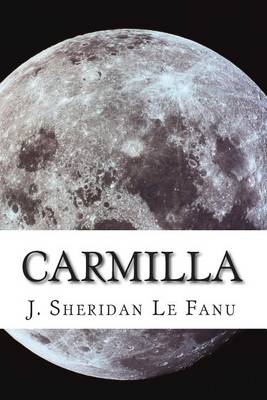Reviewed by wyvernfriend on
It's an early vampire novel, one set in Austria, and honestly my only previous experience of stories set in Austria are of The Chalet School stories. From what I've read of Le Fanu's life he never went to Austria, but he did have experience of a sickly sister. Maybe some of the ideas of there being some sort of cure was wish fulfilment of sorts, that the defeat of Carmilla would be like the defeat of the illness his sister suffered from? You know what, I could speculate (and the editor of this edition did, at length) but overall it was an interesting read of a root text, rather like reading Dracula a few years ago, to see where some of the ideas and tropes came from that have lingered into modern fiction. It is also interesting in not being very judgemental about the lesbian overtones but mostly the story left me wanting more from it. The illustrations were pretty overt as well with mostly bedroom scenes depicted (yes you can see Carmillas body through the nightgown on the cover), so the sexual overtones of the vampire legend are present, even in this ur-text.
Without the surrounding literary matter this would probably have been 3.5 stars but the matter got in the way of the story for me. It's the Bookclub read, and I'm glad I did but I wouldn't recommend this edition for the casual reader. It falls into gothic, vampires, genre: horror, classic horror, and could be used for supernatural in all likelyhood, I'm using it for Classic Horror
Reading updates
- Started reading
- 15 October, 2017: Finished reading
- 15 October, 2017: Reviewed
